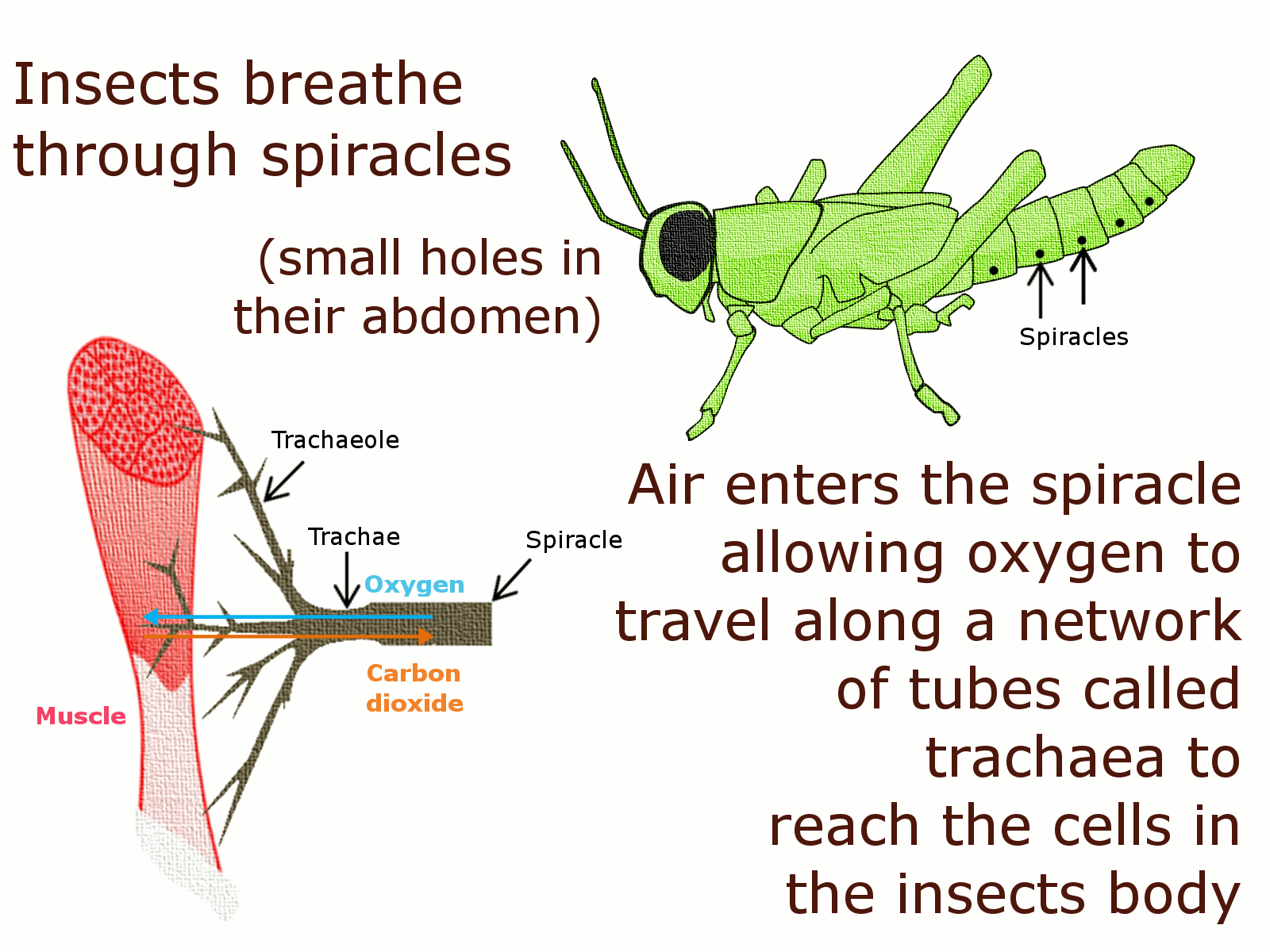Another exciting day for Comparative Physiology! I just got back to my hotel after the wonderful dinner meeting overlooking the Harbor.
Of course, the research was exciting too :)
Here are the highlights from today's sessions:
Heinrich E, Bradley T. Univ California, Irvine I learned a lot about the insect tracheal system this morning. Insects do not have continuous gas exchange with environment like we do. Rather, gas exchange is discontinuous and involves valves, called spiracles:
 Diagram of how insects breathe from www.breatheornot.wordpress.com
Diagram of how insects breathe from www.breatheornot.wordpress.com
When carbon dioxide levels increase, the spiracles open to get rid of the carbon dioxide. When oxygen levels decline, it causes the spiracles to flutter to promote oxygen uptake.
Slay CE, Enok S, Wang T, Hicks JW. Univ California, Irvine and Aarhus University, Denmark. Burmese pythons do not eat very often, to the relief of many prey. After eating a meal that is often ~25% of its body mass, a python will develop an enlarged heart. The increase in heart size is related to an increase in metabolism, heart rate and cardiac output.
Jackson DC, Brown University. A turtle's shell is not just for decoration. The bony shell of a turtle helps to prevent the animal's blood from becoming acidic. This is especially important for species that can tolerate conditions devoid of oxygen (anoxic) that would promote acidity. The reigning champion of anoxia tolerance is the painted turtle. In fact, Dr. Jackson reported that two-thirds of the lactic acid produced by the animal is buffered by the shell.
- Log in to post comments




It is good to know that these insects have this kind of breathing area. Thanks for such info, will do research more about it. This helps a lot.